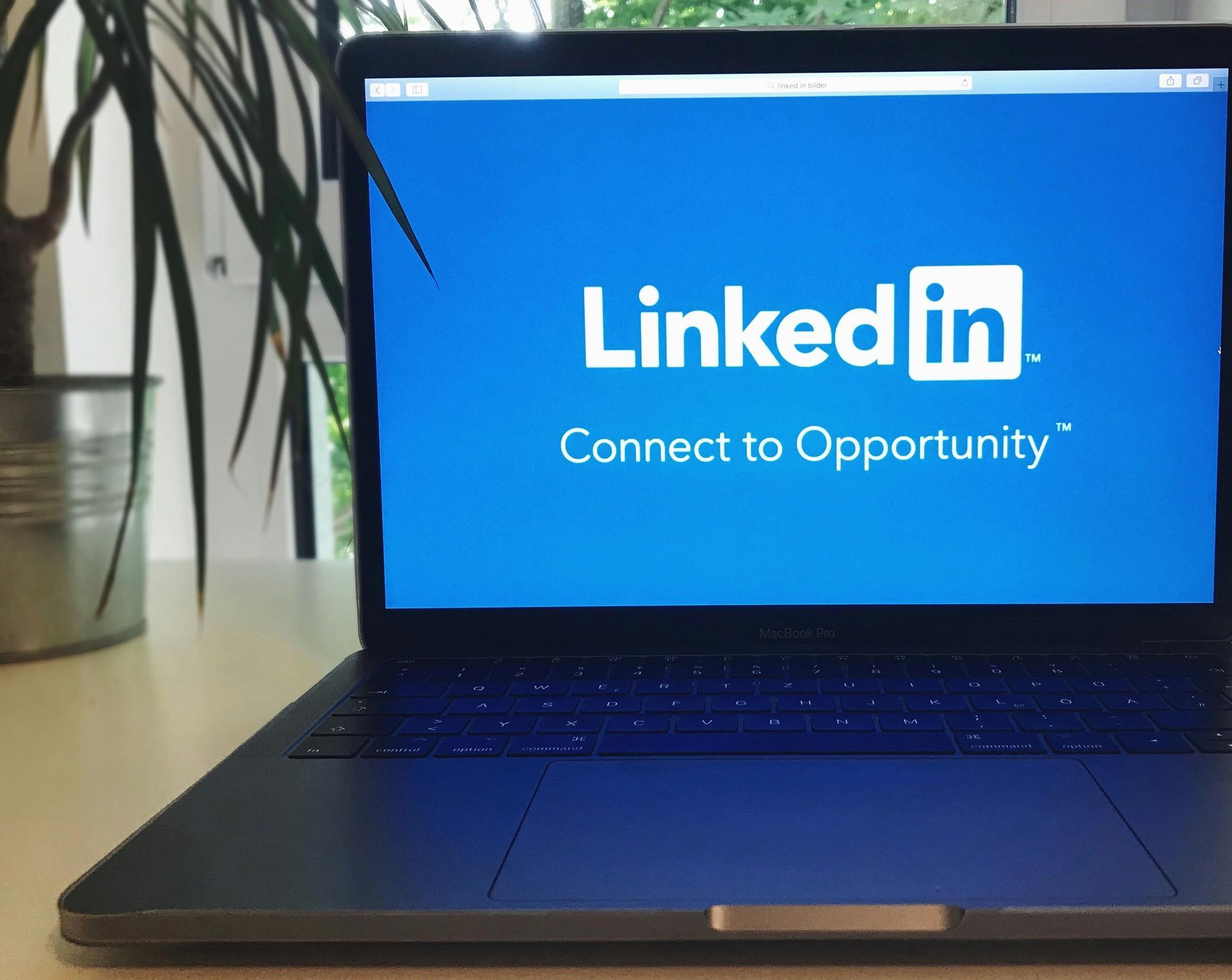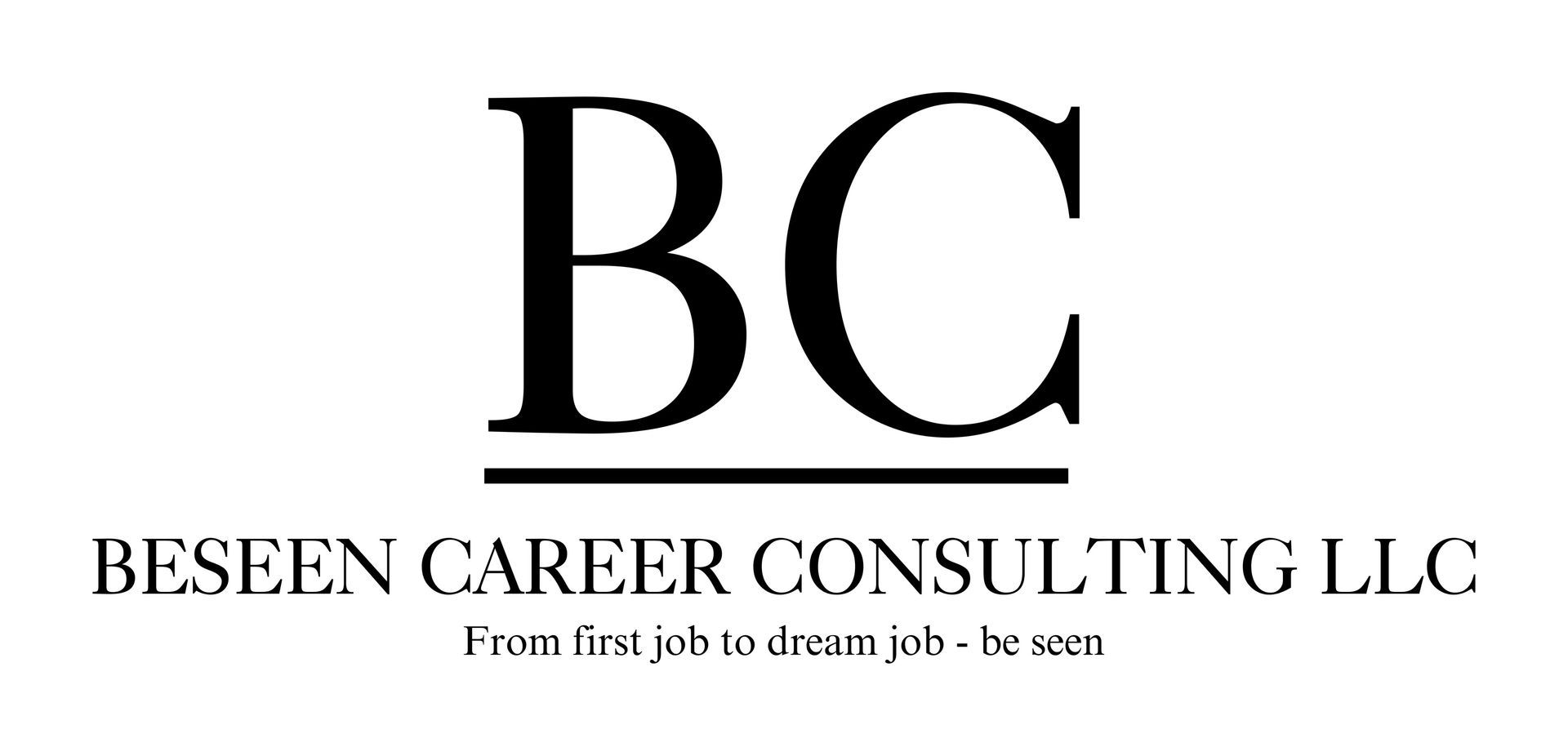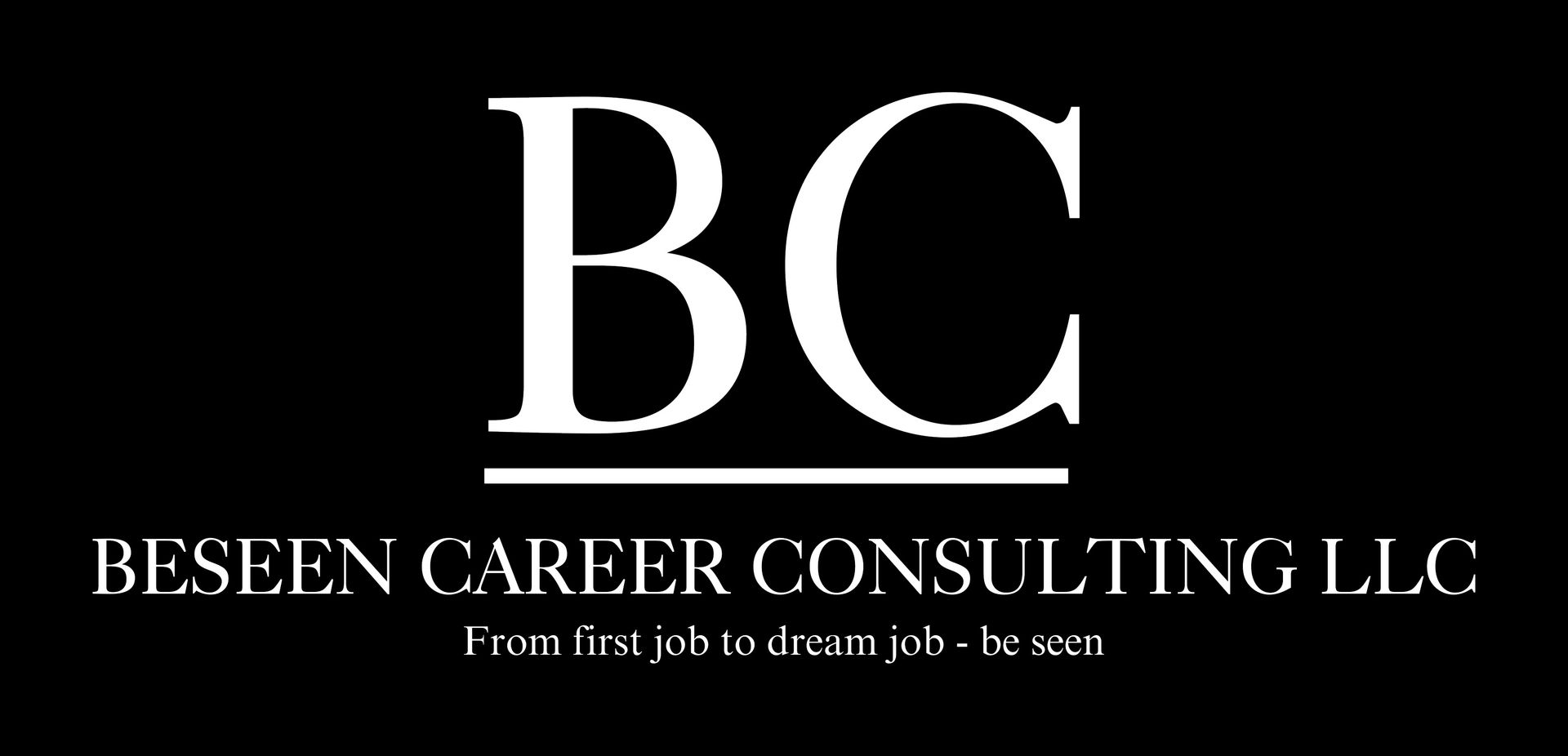Optimizing Your LinkedIn Profile
February 3, 2025
A Step-by-Step Guide to Maximizing the Effectiveness of your LinkedIn Profile

Your LinkedIn profile is your digital first impression, a personal branding tool that can open doors to job opportunities, networking connections, and career growth. A well-optimized LinkedIn profile makes you more discoverable to recruiters and hiring managers. Follow these steps to enhance your LinkedIn presence and stand out in your industry.
Step 1: Choose the Right Profile Picture
Your profile picture is the first thing people notice. Make sure it’s:
- Professional – Use a high-quality image where you look approachable and confident.
- Well-Lit & Clear – Avoid blurry or pixelated images.
- Industry-Appropriate – Dress according to your field (corporate, creative, tech, healthcare, etc.).
Step 2: Craft a Strong Headline
Your LinkedIn headline should be more than just your job title. It should reflect:
- Your expertise (e.g., "Cybersecurity Analyst | Protecting Digital Assets from Cyber Threats")
- Your value proposition (e.g., "Graphic Designer | Creating Eye-Catching Visuals for Digital & Print Media")
- Keywords relevant to your industry to improve discoverability.
Examples:
- Marketing Professional: "Digital Marketing Strategist | SEO & Social Media Expert | Driving Brand Growth"
- Healthcare Worker: "Registered Nurse | Passionate About Patient Care & Wellness Education"
- Software Engineer: "Full-Stack Developer | Building Scalable & User-Friendly Applications"
Step 3: Write an Engaging About Section (Summary)
This is your elevator pitch. Keep it concise and impactful by:
- Highlighting who you are and what you do.
- Showcasing your skills and achievements (quantifiable results are a plus).
- Including a call to action (e.g., "Let’s connect!" or "Reach out if you need guidance on cloud security solutions.").
Example Summaries:
- Marketing Manager:
"Data-driven digital marketing professional with 7+ years of experience in SEO, PPC, and content strategy. I specialize in boosting brand visibility and lead generation through innovative campaigns. Let’s connect to discuss digital strategies that drive business growth!" - Software Engineer:
"Passionate full-stack developer with a track record of designing scalable web applications. Skilled in JavaScript, Python, and cloud infrastructure. Always eager to collaborate on tech-driven projects. Let’s build something innovative together!" - HR Specialist:
"HR professional dedicated to building inclusive workplaces and optimizing talent strategies. Experienced in recruitment, DEI initiatives, and performance management. Let’s connect to discuss ways to enhance workplace culture!"
Step 4: Optimize Your Experience Section
- Your experience section should be more than a job history. It should tell a story.
- Use bullet points to highlight key achievements.
- Quantify results (e.g., "Increased patient satisfaction scores by 20% through new care protocols.").
- Use industry keywords to increase search visibility.
Examples:
- Sales Executive:
- Increased annual revenue by 35% through targeted client acquisition.
- Developed strategic partnerships leading to $500K+ in new business.
- Project Manager:
- Led a $2M software implementation project, reducing operational costs by 15%.
- Improved team efficiency by 20% through Agile project management techniques.
Step 5: Enhance the Skills & Endorsements Section
Recruiters search for candidates based on skills.
- List at least 10-15 relevant skills (e.g., Python, Content Strategy, Patient Care, Leadership).
- Prioritize high-impact skills that align with your career goals.
- Ask for endorsements from colleagues and mentors.
Industry-Specific Skills Examples:
- Software Development: JavaScript, Python, Cloud Computing, API Development
- Healthcare: Patient Care, Electronic Medical Records (EMR), Clinical Research
- Finance: Risk Analysis, Financial Modeling, Investment Strategy
Step 6: Add a Custom URL
A custom LinkedIn URL (e.g., linkedin.com/in/yourname) looks more professional and is easier to share. Update it in your profile settings.
Step 7: Request and Give Recommendations
Ask for recommendations from managers, colleagues, or clients. Write genuine recommendations for others. Many will reciprocate.
Example Recommendation Request:
"Hey [Name], I really enjoyed working with you on [Project/Team]. Would you be open to writing a brief LinkedIn recommendation highlighting my skills in [specific area]? I’d be happy to do the same for you!"
Step 8: Showcase Work Samples & Certifications
Upload presentations, articles, projects, or videos that highlight your expertise. Add certifications and licenses to boost credibility.
Examples:
- Graphic Designer: Portfolio of website mockups, branding designs, and ad creatives.
- Data Analyst: Dashboards, case studies, or data visualization reports.
- Healthcare Professional: Certifications in BLS (Basic Life Support), ACLS (Advanced Cardiac Life Support).
Step 9: Stay Active & Engage with Your Network
Post industry insights, career advice, or thought leadership content. Comment on posts, share valuable articles, and engage in discussions. Finally, follow companies, join relevant LinkedIn groups, and participate in conversations.
Here are some posting Ideas by Industry:
- Tech Professional: Share insights on AI, cloud computing, or coding best practices.
- Healthcare Worker: Discuss new treatments, patient care innovations, or wellness tips.
- Marketing Expert: Break down case studies of successful ad campaigns.
Step 10: Open Yourself to Opportunities
Turn on the “Open to Work” feature to let recruiters know you’re looking (you can set it to private so only recruiters see it).
Final Thoughts
Optimizing your LinkedIn profile isn’t just about completing sections. It’s about building a compelling online presence that reflects your expertise and value. A well-crafted profile increases your chances of attracting the right job opportunities and growing your professional network.
Need help perfecting your LinkedIn profile? BeSeen Career Consulting is here to help! Reach out today to make your LinkedIn profile recruiter-ready.





